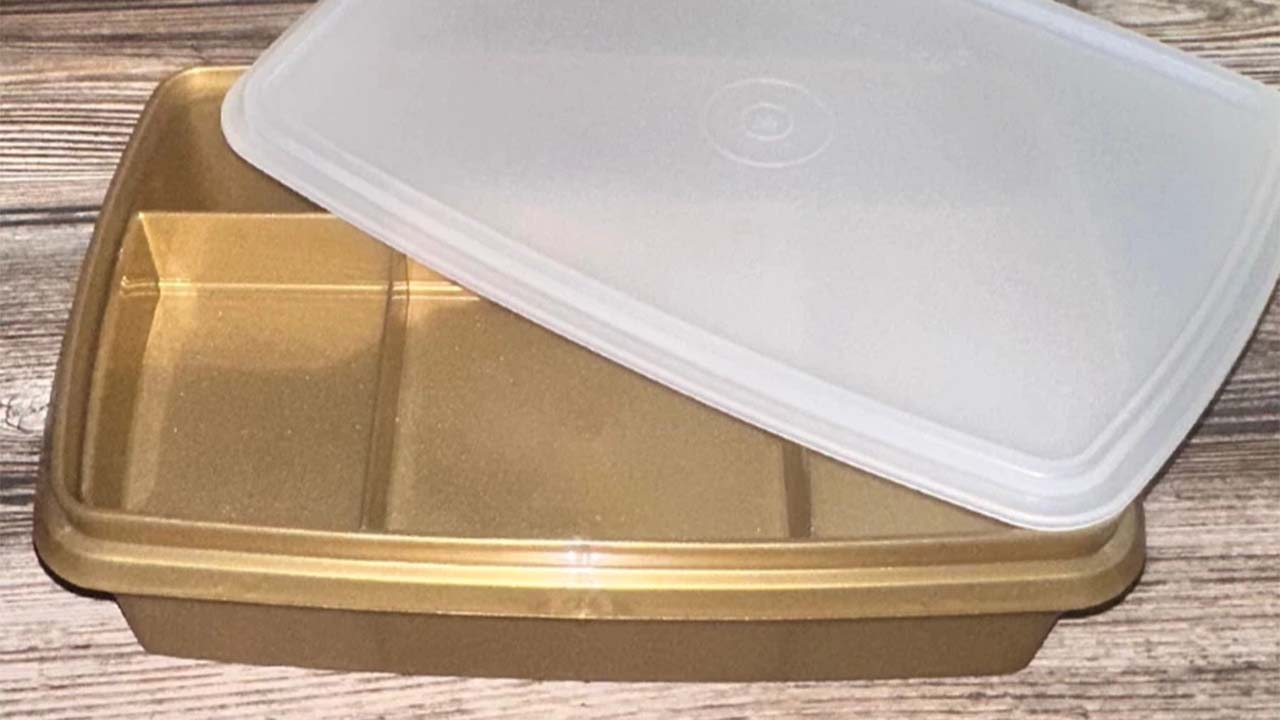It sounds like clickbait, but it’s real. A painting picked up at a flea market for $20 just sold at auction for $12 million. No one—including the original buyer—had any idea it was a long-lost work by a major artist. And while stories like this are rare, they’re not impossible.
If you like estate sales, thrift stores, or flea markets, you might be walking past serious value without realizing it. Here’s how to spot a potential sleeper before someone else cashes in.
Start with the Frame and Materials
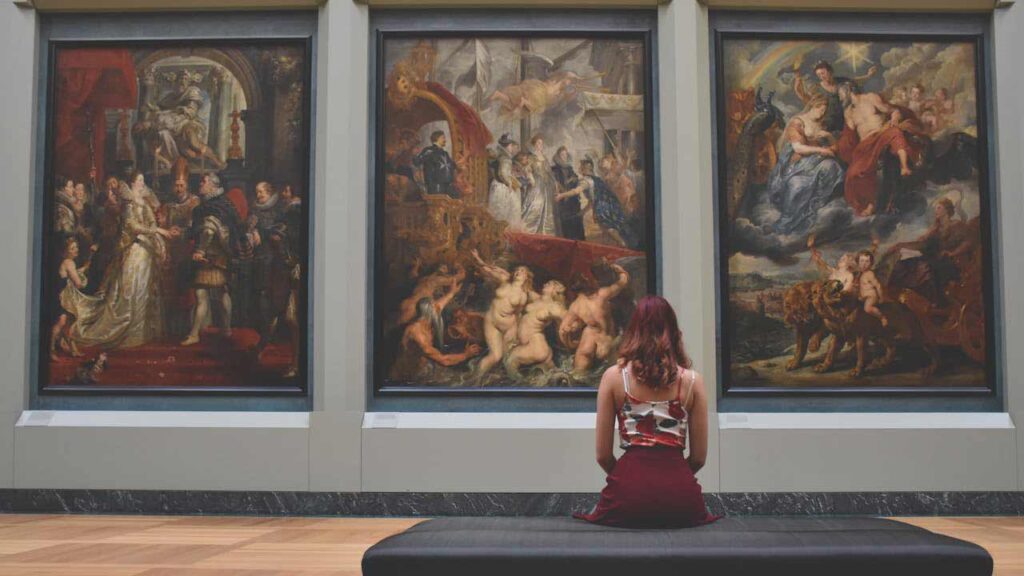
Most cheap reproductions are made with mass-market frames and thin canvas. But older, original works often have signs of age: hand-carved wooden frames, canvas with visible wear, or stretcher bars with oxidized nails and wood shrinkage.
Turn the painting around. If it’s mounted with staples and has a barcode sticker, it’s probably not worth much. But if it has old, cracked wood and paper backing—or even handwritten notes—it’s worth a closer look.
Look for a Signature—Then Look Again

A visible signature doesn’t guarantee value, but it’s a good starting point. Use a flashlight at an angle to check for hidden marks in the bottom corners or along the edge. Some artists signed on the back of the canvas or frame instead of the front.
Got a name? Cross-reference it on Artnet or AskArt to see if there’s a history of auction sales. Some lesser-known artists have surprisingly high values if their work has been rediscovered or recently appreciated.
Check the Style Against Known Movements

You don’t need to be an expert, but basic familiarity with 19th- and 20th-century art movements can help. Realist, impressionist, abstract expressionist—if the painting fits within a recognizable style and period, it might be worth researching further.
If something about it looks “off” but skilled—colors, brushwork, or composition—it might be original, not a mass-produced print. And that’s where the value lives.
Search for Labels or Provenance

Flip the frame and look for old gallery labels, exhibit tags, or auction stickers. Even a faded paper slip can help trace the painting’s origin. Provenance—proof of ownership or history—is a major value driver in the art world.
If you find anything tied to a known gallery or collection, don’t toss it. It could add thousands to the painting’s value—even before verifying the artist.
Beware of Prints That Look Original
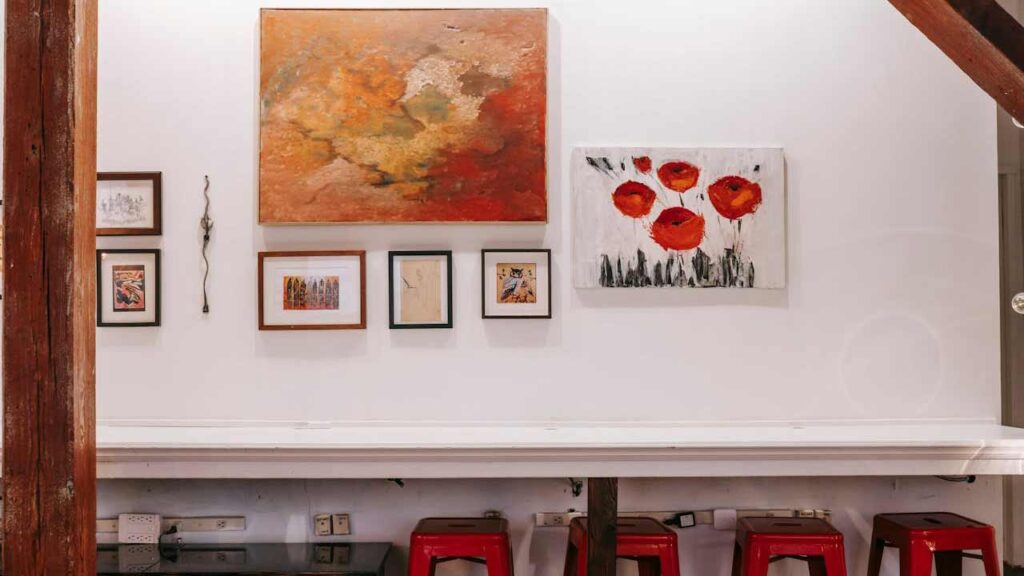
Some high-end reproductions use textured surfaces to mimic brushstrokes. These can fool casual buyers. The easiest test? Look at the painting under a magnifying glass or phone camera. If you see a dot matrix pattern or perfectly even texture, it’s likely a print.
True paintings will show variation in brush pressure, depth, and slight imperfections that indicate handwork. Trust your eyes—but don’t trust glossy finishes without checking up close.
When in Doubt, Don’t Clean It
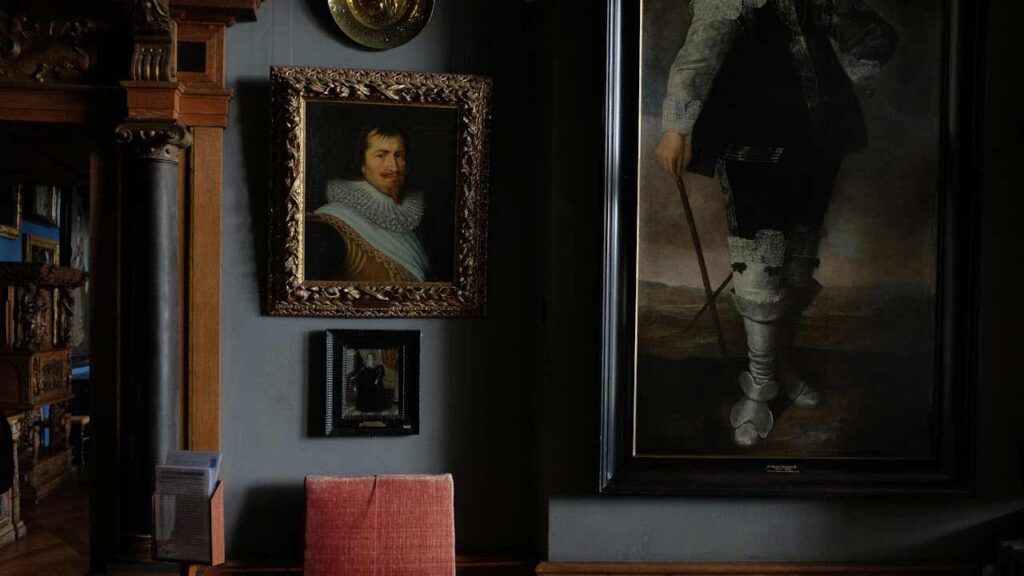
Amateur cleaning can destroy valuable details. If a painting looks dirty or yellowed, leave it as is until it’s appraised. Restoration should only be handled by professionals—especially if the piece might be valuable.
Even a little damage can be acceptable if the work is rare. But altering the piece yourself could ruin your shot at a major payday.
The Treasure Might Not Look Like Treasure
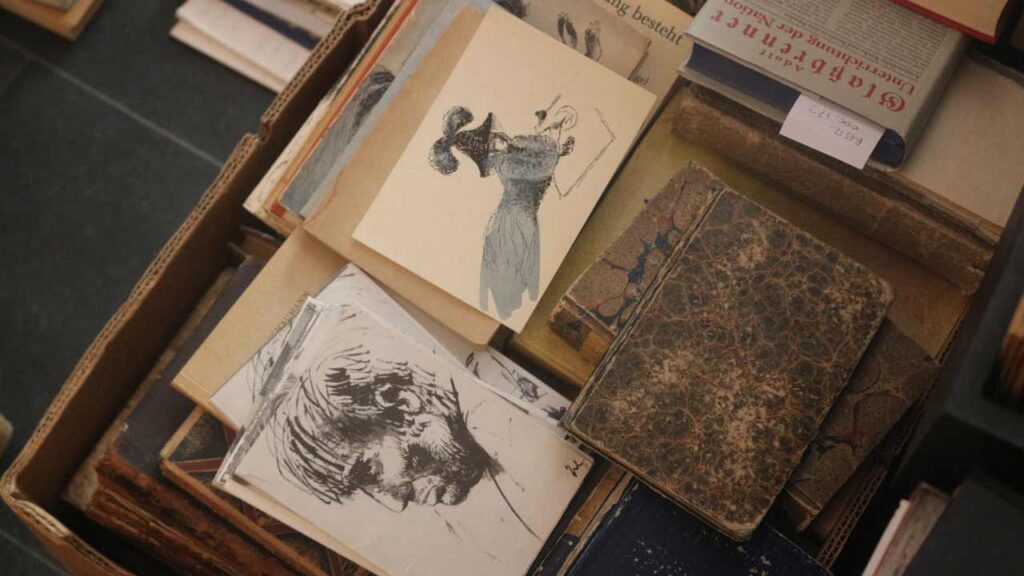
The $12 million flea market painting didn’t scream value—it was dusty, overlooked, and totally mispriced. But someone trusted their instincts, did a little homework, and it paid off big.
Next time you’re wandering through a garage sale or antique shop, slow down. Look closer. Because the next lost masterpiece might be hanging behind a pile of junk—waiting for someone to notice.

Alexander Clark is a financial writer with a knack for breaking down complex market trends and economic shifts. As a contributor to The Daily Overview, he offers readers clear, insightful analysis on everything from market movements to personal finance strategies. With a keen eye for detail and a passion for keeping up with the fast-paced world of finance, Alexander strives to make financial news accessible and engaging for everyone.

